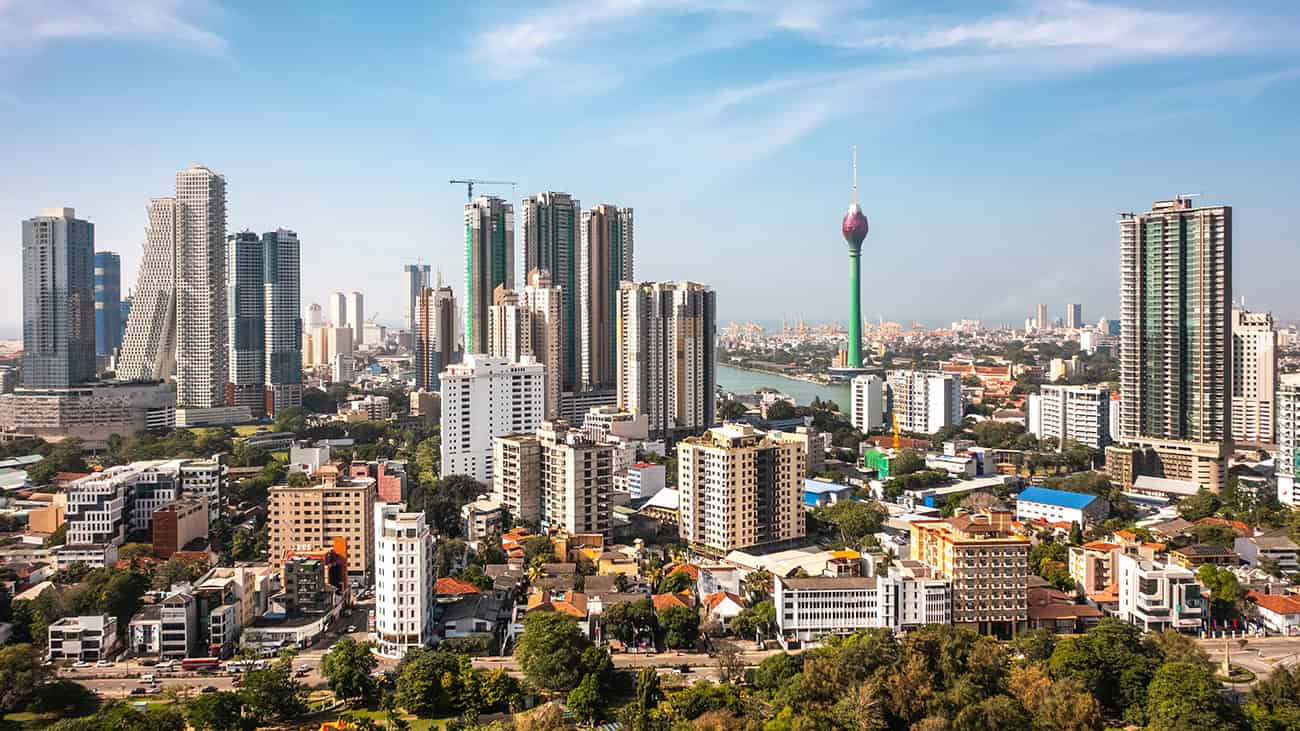Sri Lanka has always held great potential for economic development, say experts; and this latest recovery again offers attractive prospects for outside investors.
“The potential for the economy is huge, especially around sectors such as tourism, global supply chains and service sector exports,” says Michael Iveson, a research fellow in global economics at Lakshman Kadirgamar Institute, Sri Lanka. The nation “can be a gold mine for potential projects, with a skilled labor force, a hard-working population and huge natural endowments.”
Indicators Pointing Upward
Export earnings from tea, rubber and coconut-based products are positive as of February. Quartz deposits in many parts of the country and duty-free access to markets including the European Union and India have made the solar component manufacturing sector attractive. The island’s manufacturing sectors—particularly apparel, textiles and electronics—offer opportunities for foreign capital, notes Hesham Zreik, founder and CEO of FasterCapital, a Dubai-based angel investor.
Sri Lanka welcomed over 100,000 tourists in the first 20 days of April alone. “Tourism has seen a very strong recovery after four years of turbulence,” says Iveson. “By working with local businesses and communities and making the most of a rich heritage, culture and hospitality, tourism will continue to thrive and play an important part in Sri Lanka’s economic recovery.”
Despite the hiccups, many foreign companies have prospered on the island. The Port of Colombo is the highest-performing port in South Asia, hosting some of the bigger names in logistics, including Dart Global Logistics and EFL Global shipping. Other foreign companies operating in Sri Lanka include IFS, a global enterprise software solution company; HCL Technologies, a global IT company; Apollo Marine International, a food processor; pharmaceutical giant SmithKline Beecham; and Best Pacific International Holdings, an apparel manufacturer. International events like Startup Weekend by Techstars, Seedstars and AngelHack, have touched down in Sri Lanka, encouraging a bloom of startups.
There are signs, too, that the economic recovery is strengthening.
The World Bank projects GDP growth of 1.7% this year and 2.4% in 2025. The Sri Lankan rupee appreciated against other currencies including the US dollar, euro, pound sterling, Indian rupee and Australian dollar during the first four months of this year. The Central Bank of Sri Lanka reported the state as having $5.4 billion in gross official reserves at the end of April, up from $4.4 billion at the end of 2023. And the central bank notes that the rupee’s real effective exchange rate of 24 index points remains well below the threshold of 100, indicating that it is maintaining external competitiveness.
“Various indicators employed by foreign exchange traders suggest a likelihood of further appreciation in the currency,” says Vidhura Tennekoon, assistant professor of economics at Indiana University. “Notably, the central bank has actively intervened in the market in recent months to curb excessive appreciation, while also striving to bolster its foreign reserve stock.” In September, Fitch Ratings upgraded Sri Lanka’s long-term local-currency issuer default rating to CCC- from Restricted Default.
“The risk of further defaults persists, but the right macromeasures being actively pursued could avert the worst,” says Alnoor Bhimani, professor of management accounting and director of the South Asia Centre at the London School of Economics and Political Science.
Boosting FDI
The nation’s recent history of economic instability has nevertheless created negative perceptions of Sri Lanka and its attractiveness to foreign direct investment (FDI). Net FDI inflows in 2022, as a percentage of GDP, were only 1.2%, far lower than regional peers Malaysia (3.6%) and Vietnam (4.4%). FDI, including foreign loans, fell drastically last year, to $758 million from $1.2 billion in 2022. Just as concerning is the mix of investment targets. FDI has focused on traditional sectors in recent years, and the composition of Sri Lanka’s export basket has remained unchanged for around 25 years. Diversifying into new sectors is necessary to make the country more resilient to external shocks, experts argue.
Thus far, the Wickremesinghe government appears to agree. Its development plan couples sustainable macroeconomic policy implementation with a focus on developing digital- and green-economy sectors and encouraging competition through liberalization and divestment of state enterprises.
“The government’s focus on infrastructure development, digital transformation and export diversification could drive economic growth in the long term,” Zreik argues. Wickremesinghe has also highlighted the potential of renewable energy, including an ambitious plan to achieve net-zero emissions by 2050. An investment of $11.5 billion is needed to shift 70% of electricity consumption to renewable by 2030, and measures included in the Electricity Act of 2022 cleared legal hurdles for large-scale private investments.
But making up for Sri Lanka’s lost years and making the island a lasting FDI magnet will require a careful balancing act between liberalization and addressing basic human needs.
“Transparent, straightforward policies are still needed to make foreign investment a smoother proposition,” says Iveson. And while the economy is “stabilizing at the top level, inequality is drastically increasing,” he warns. “The middle class is being stretched through higher energy prices, rising food prices and weaker public infrastructure. The austerity measures required to finance structural reforms are creating significant challenges for ordinary people.”
“Uncertainty surrounding China’s near-term growth prospects amid flare-ups in coronavirus cases casts a further downside,” Iveson says. “Aggressive monetary policy tightening by the Fed and [the European Central Bank] is weighing on global funding conditions, with a pass-through effect to FDI decisions.
